Black Bakelite Telephone: Early Pittwater Phone Numbers
With so many changes in recent times, and texts now taking the place of telegrams, a grateful thank you is extended to Mr. Ross for his insights - and these have now been added into that original page. That 2018 article runs this Issue for those interested.:
I worked for PMG/Telecom/Telstra between 1956 and 1993 and I had some involvement with the design and modification of telephone equipment.
The PWS on the label stands for Postal Workshops Sydney. The R/C means Repair/Construction.
Most states had PMG (as it was until 1975) engineering workshops to both manufacture and repair equipment used by the organisation. Melbourne used PWM on their labels.
While it is not mentioned in the text your telephone is most likely a BPO model 332. It is fitted with a carrying handle so it can be used in a portable installation. The dial is a No.10 which first appeared in the UK in 1929 but the chrome finger plate didn't eventuate until around 1936.
I must admit I have not seen a 332 with the vent plugs on the side - on yours they look to be made of metal and press fitted to the case. The Australian 332 telephone was made in the UK and I believe. Telephones made in the UK for the APO usually were fitted with a dummy card drawer but sometimes you will find a British 332 with the pullout card drawer fitted. If the baseplate has a row of holes punched around where the bell gongs are positioned inside the case then it is definitely a 332. When Australia started to manufacture their own 300 model telephones the baseplate was not punched with holes and there was no dummy card drawer.
The first time I came across a case with the side vents was on the 400 telephone which appeared around 1958 and I seem to recall that the vents were used as finger grips for carrying the telephone because the Australian manufactured 400 was not supplied with a carrying handle. Also, the vents were made of black bakelite.
It is quite possible that the telephone you have was refurbished in the workshops using parts from different telephones - sort of mix and match.
You can find a whole heap of information on the Australian telephones here https://www.britishtelephones.com/aus/telemenu.htm
Note that Bob Freshwater is in the UK.
Regards
Ross Herbert
Perth WA
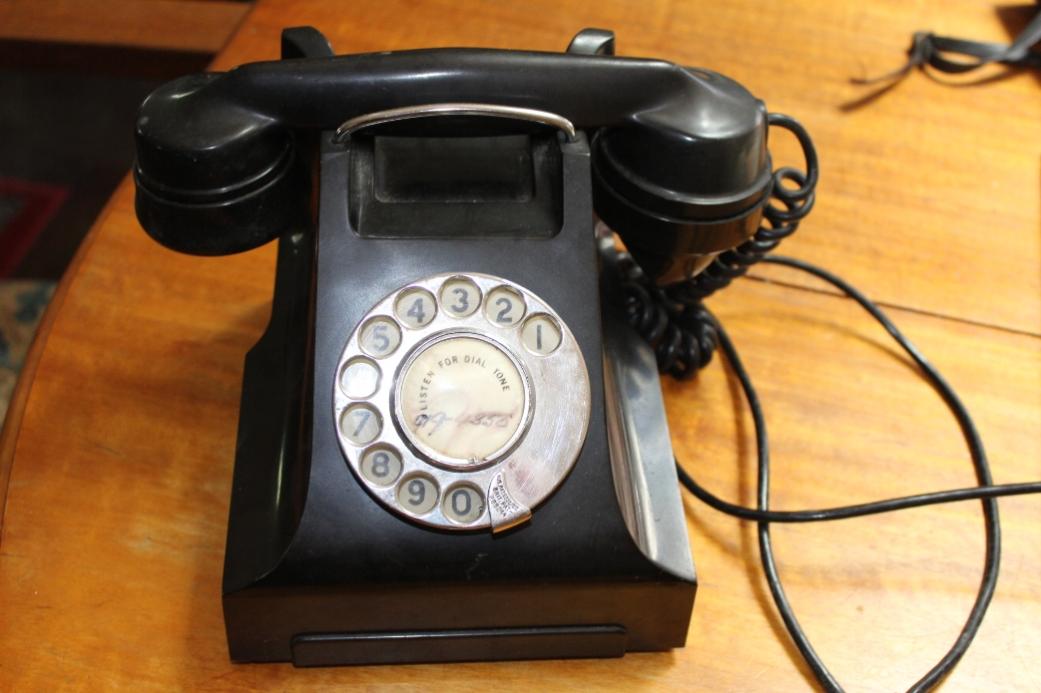
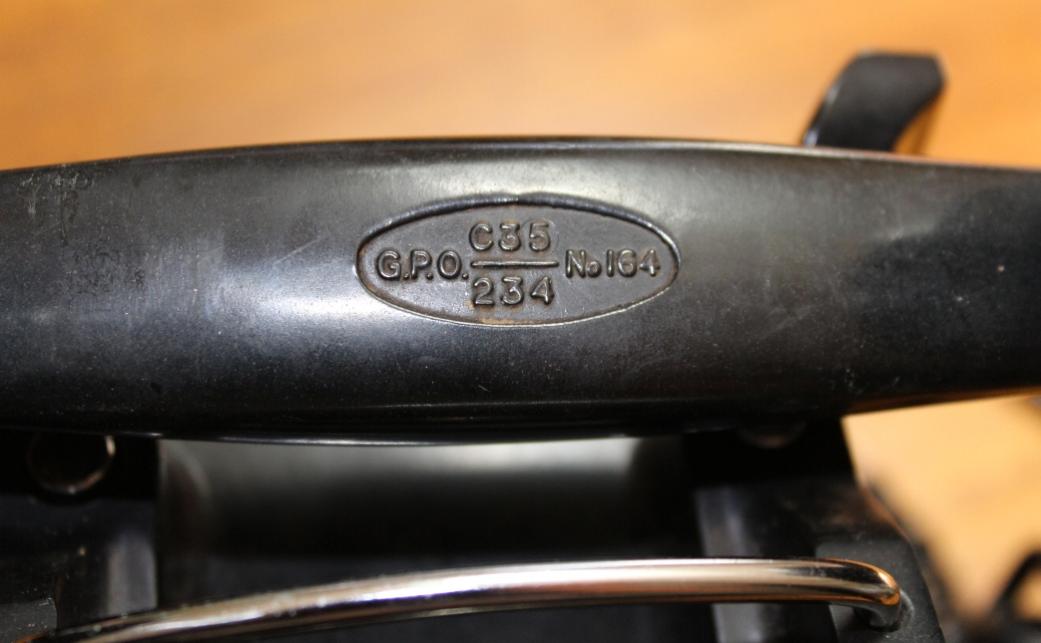
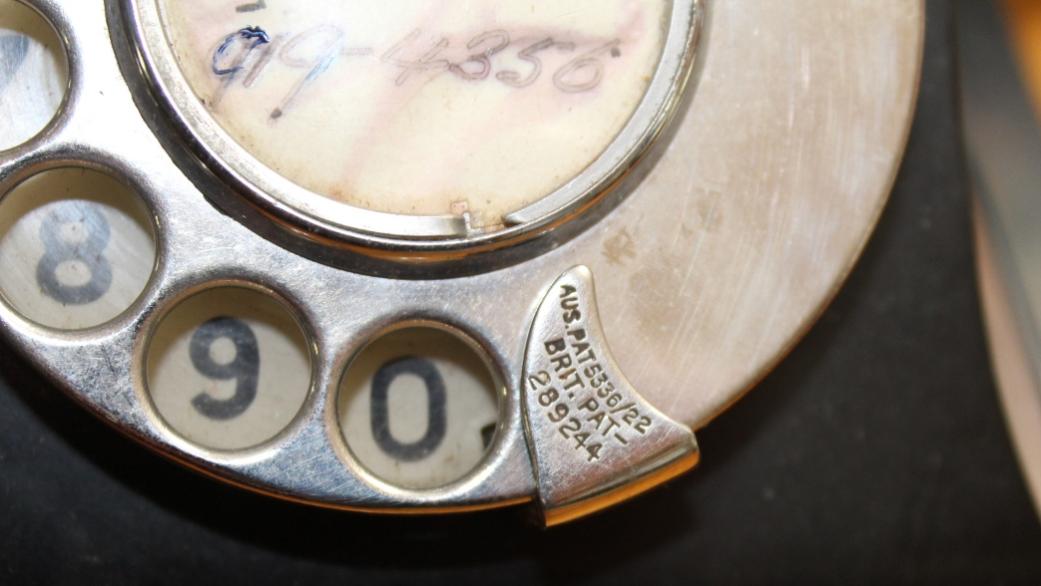
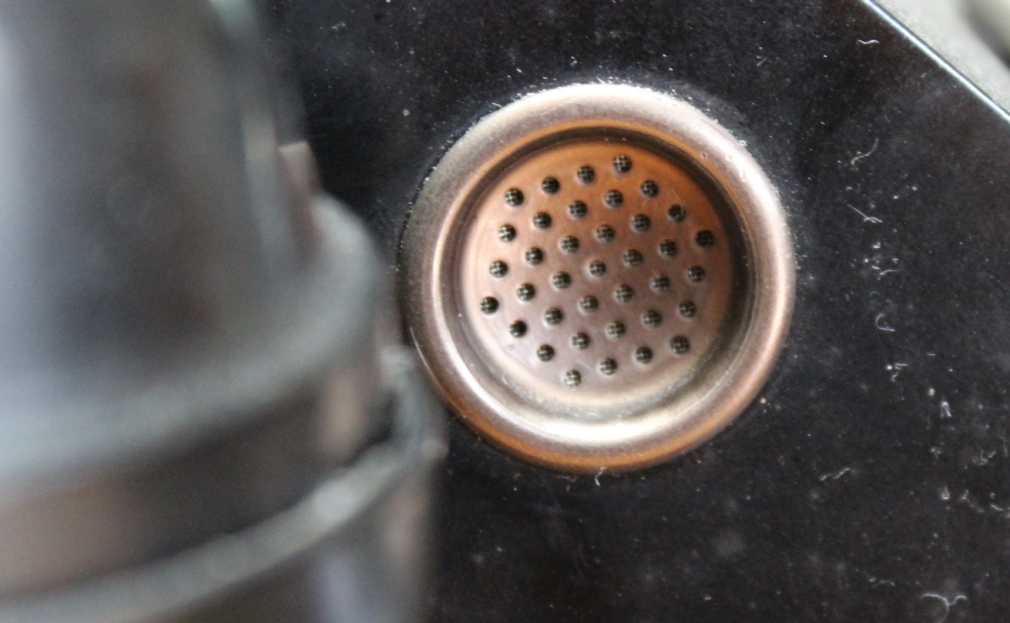
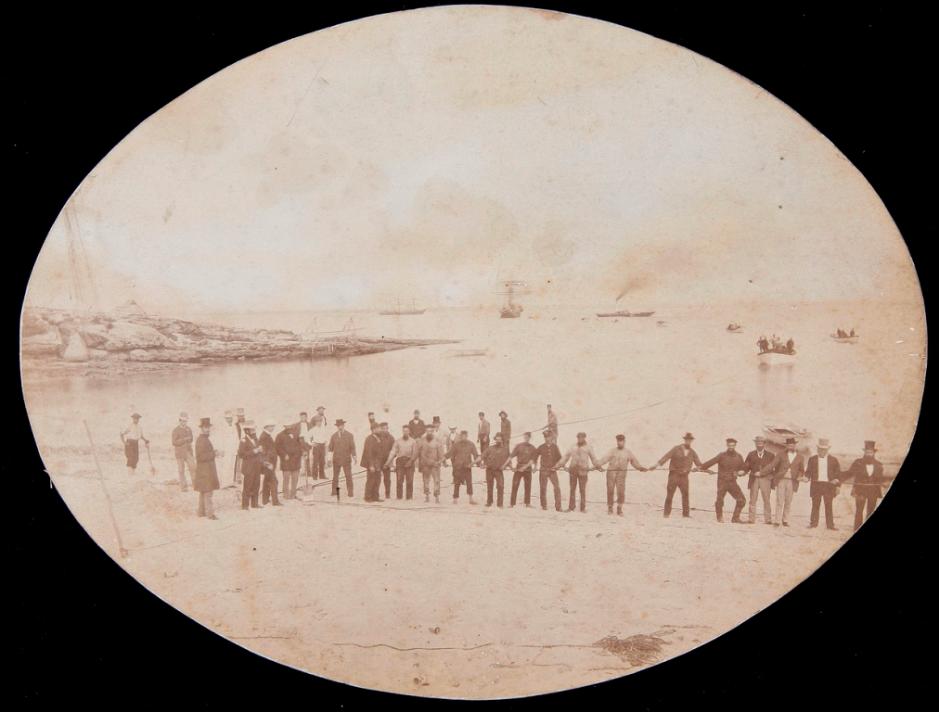
Landing of the New Zealand to Sydney telegraph cable at La Perouse in 1876
Oval black and white photograph of the landing of the New Zealand to Sydney telegraph cable at La Perouse in 1876. Photographer unknown. It shows a line of men on the beach, hauling the cable in. A paddle steamer and the two cable laying sailing ships EDINBURGH and HIBERNIA are lying offshore. On the reverse is handwritten "Landing of Sy NZ Cable/ La Perouse Waka/ 1876/ Edinburgh- Hibernia". Also present are blue coloured pencil annotations. The word "waka" written on the back was the call sign used by the Cable Bay station in New Zealand. Courtesy of the Australian National Maritime Museum. Also in State Library of NSW online photographic collection.
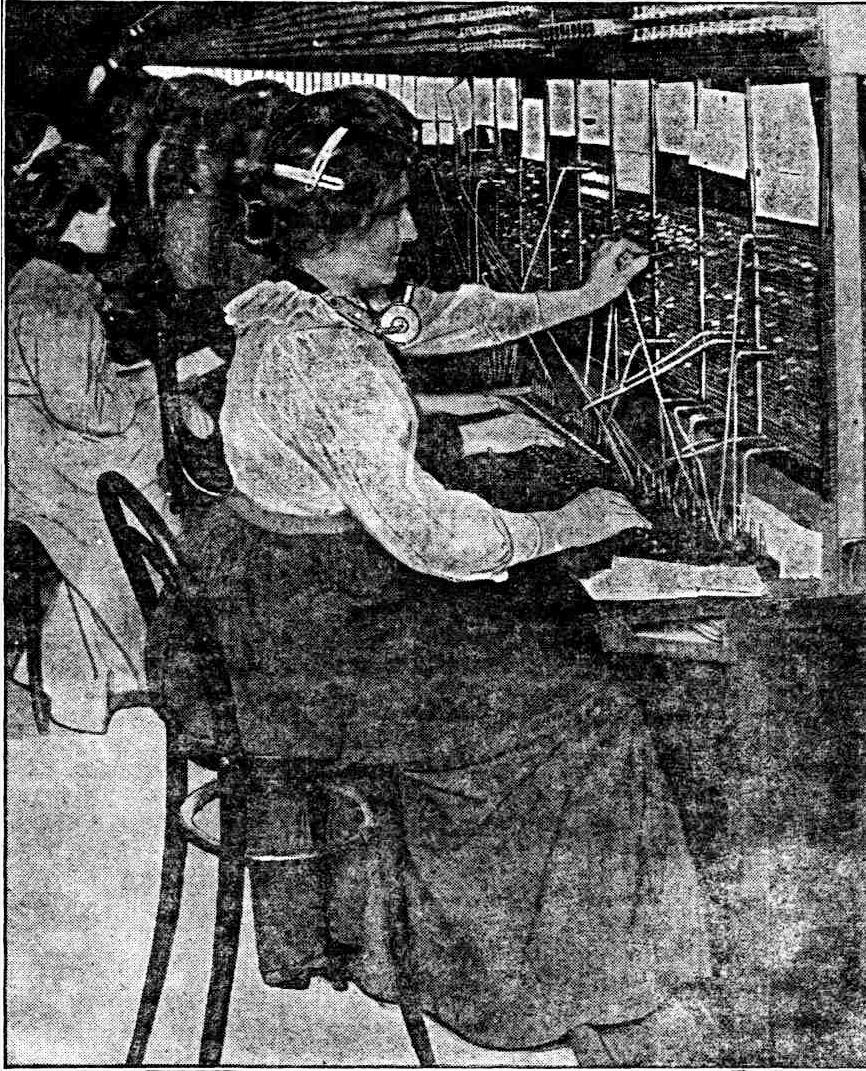
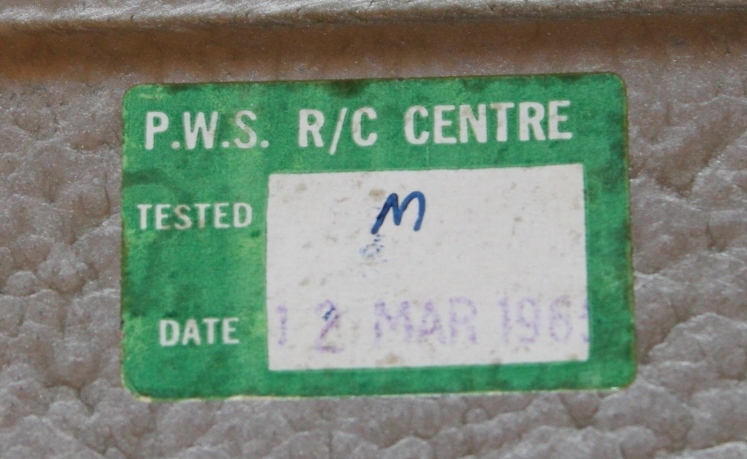
Newport Telegraph Office. Last Saturday the new telegraphic office at Newport was formally opened by Mr. Cracknell, the chief superintendent, in the presence of a large assemblage of residents and visitors. Mr. Cracknell delivered a short address, and formally declared the office opened and communication established with the rest of the world. He asked the visitors to join with him in thanking Messrs. Shorter and Boulton for the efforts they had made in bringing about this desirable result. A large number of ladies and gentlemen then adjourned to Bulfin's Newport Hotel, where dinner was provided for those who had taken a prominent part in the proceedings. This opportunity was taken to present the Christmas prizes at the Newport public school, which has been open for about nine months, and is under the supervision of Miss Giles. Various prominent residents had contributed to the prizes, amongst which was a watch, donated by Mr. Aitken to the most efficient pupil. After the prizes had been distributed, an address, signed by the Misses Bulfin and Miss M. Scott, on behalf of their fellow pupils, was presented to Miss Giles. The address was accompanied by a gold-bracelet and a smelling-bottle. The presentation was suitably acknowledged by Miss Giles, after which, the proceedings terminated. Newport Telegraph Office. (1888, December 27). Evening News (Sydney, NSW : 1869 - 1931), p. 8. Retrieved from http://nla.gov.au/nla.news-article108111373
J.J. Roche and his wife Katherine, the parents of John Roche, one of those behind the early Pittwater Regattas, are recorded as having a telephone in 1898:
The Bay View Post-office, with a telephone, is attached to a store in front of his grounds. The various industries that Mr. and Mrs. Rochesuccessfully conduct are worthy of praise and admiration. There is also a post and telegraph office at Newport, so that in the matter of postal, telegraphic, and telephonic communication Pittwater is up to date.
Religion and education are amply provided for at Pittwater. Most of the denominations have places of Divine worship there. There are two Catholic churches, one at Josephton, Careel Bay, and the other at Mona Vale, which are served by the Rev. Father Dowling, or one of the priests attached to St. Patrick's College, Manly. There is a Public school at Bay View, and one also at Newport. A SKETCH OF PITTWATER. (1898, May 7). Freeman's Journal(Sydney, NSW : 1850 - 1932), p. 20. Retrieved from http://nla.gov.au/nla.news-article115386531
Soon after:
Telephone bureaux have been established at Brookvale, Narrabeen, and Newport. The charges are as follow :—Brookvale : For each period of three minutes, or portion thereof, 6d. Narrabeen: For each period of three minutes or portion thereof,6d. Newport: For each period of three minutes or portion thereof, 1s. THE PRINCE ALFRED HOSPITAL. (1901, March 6). The Sydney Morning Herald (NSW : 1842 - 1954), p. 6. Retrieved from http://nla.gov.au/nla.news-article14346660
In 1904 the Telegraph Office was closed at Barrenjoey. There are several records, again in National Archives of Australia, of exchanges in arranging to pick up this telegraphic equipment. A Telephone was installed and line to main exchange at Manly was established. Like the telegraph apparatus - many of the first telephones within Pittwater were part of the general stores - at Church Point, Bayview, Newport, Mona Vale - with some establishments having their own, as 'The Oaks' did - prior to the night it was destroyed:
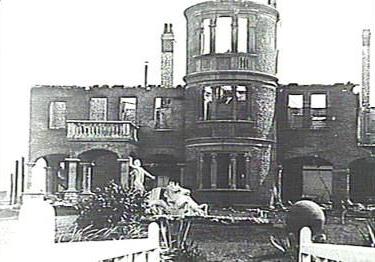
BIG FIRE AT MONA VALE, THIRTY BOARDERS ESCAPE IN NIGHT- ATTIRE. - .DAMAGE ESTIMATED. AT £30,000. SYDNEY, Monday A disastrous conflagration, the resulting damage of which is estimated at £30,000, early this morning destroyed Brock's Mansions at Mona Vale, 20 miles from Sydney, and 14 miles from Manly. The premises were conducted as an extensive boarding house by Madame Reineud, who shortly before the 1am woke out of her sleep to find the place on fire- She-aroused her boarders, some 30 in number, all of whom were compelled to fly from their rooms in their night attire, having no time to take either their clothes or jewellery with them. The boarders were barely out of the place when the building was a roaring mass of flames. One of the boarders motored to Manly, but the fire brigade refused to proceed to Mona Vale, as there was no reticulation service and as it was not in the brigade's district. The fire burnt itself out, leaving nothing but a mass of ruins. The fire is supposed to have been caused by the burning butt of a cigar having been carelessly thrown on the dining-room carpet.
One of the boarders tore the telephone from the wall and carried it outside. Later in the day an electrician fitted the instrument to a fence. The boarders were thus enabled to telephone to their friends and arrange for a supply of clothing. Accommodation was provided for the homeless people at Mr. Scott Fell’s house. Madame Reineud lost about £10,000.worth of furniture and fittings. The building was owned by Mr. Arthur Rickard. The total damage is estimated at over £30,000. The building, when constructed some years ago, cost £30-000. It possessed its own polo ground and racecourse, the latter afterwards bang converted into golf links. BIG FIRE AT MONA VALE. (1912, January 9). The Border Morning Mail and Riverina Times (Albury, NSW : 1903 - 1920), p. 3. Retrieved from http://nla.gov.au/nla.news-article109730918
TRUNK- TELEPHONE SERVICES. The Postmaster-General's Department announces that an improved system of operating trunk lines to Blackheath, Bowral, Campbelltown, Corrimal. Cronulla, Glenbrook, Katoomba, Kurnell, Lawson, Lithgow, Mittagong, Mona Vale. Palm Beach, Penrith, Port Kembla, Sutherland, Thirroul, Wentworth Falls, Windsor, and Wollongong exchanges will be introduced on Monday, September 17. Subscribers will obtain service with these exchanges by calling 13076, when, as far as practicable, calls will be completed on demand. TRUNK TELEPHONE SERVICES. (1928, September 15). The Sydney Morning Herald (NSW : 1842 - 1954), p. 22. Retrieved from http://nla.gov.au/nla.news-article16494525
DISASTROUS FIRE. At Church Point. BUILDINGS AND BOATS DESTROYED. A fire which broke out last night at Church Point caused extensive damage, the general store and post-office, tea-rooms, and garage, as well as a launch and several rowing boats, being destroyed. The residents of the well-known pleasure resort were unable to combat the flames, as no water supply was available.
The fire, it is stated, broke out first in Mr. H. Jensen's general store, a large wooden structure. The flames quickly devoured that building and spread to the adjoining tea-rooms. They razed this building to the ground, and enveloped a large motor garage, containing two or three cars. A motor launch, which was lying on slips at the rear of the garage, and several skiffs, which wore tied up beneath It, also caught fire. The garage and Its contents were destroyed.
Mr. Jensen, the manager of the store, tea-rooms, and garage, was spending the evening with his family at a picture theatre in Collaroy. He was not aware of the fire until he returned home at a late hour to find the buildings In a state of ruin. Mr. Jenson is also In charge of the post-office at Church Point.
The buildings were owned by Mr. H. J. Fitzpatrick, of Lennox-street, Mosman, and were leased by him to Mr. Jensen. The boats were the property of Mr. Jensen. One of the motor cars was owned by the local mailman. The fire was discovered in peculiar circumstances. A resident of Newport, on the opposite side of the bay, noticed a brilliant glare In the direction of Church Point, and he communicated with the Mona Vale Telephone Exchange, and Inquired if any fire had been reported from that vicinity. The telephone operator got Into communication with a resident at Church Point, and this man discovered the fire. It is believed that the damage will amount to several thousands of pounds. DISASTROUS FIRE. (1928, November 22). The Sydney Morning Herald (NSW : 1842 - 1954), p. 13. Retrieved from http://nla.gov.au/nla.news-article16511092
Many local telephones still had to go through a post office exchange to be connected elsewhere. Allocated numbers grew with the amount of people using them and shows a shift from one number to two numbers or letters and numbers combined:
TELEPHONE CHANGES
The Telephone Department advises that the prefix letter of subscribers con-netting with Glebe Exchange was altered yesterday from M to MW-thus M2345 is now MW2345. In some cases it has also been found necessary to change the number. Automatic exchange subscribers when calling Redfern and Mascot, should dial M4 and M7 respectively, as at present. TELEPHONE CHANGES (1923, April 30). Evening News (Sydney, NSW : 1869 - 1931), p. 8. Retrieved from http://nla.gov.au/nla.news-article118843880
The introduction of local exchanges and subscriber trunk dialling was slow, partly because of the distances of exchanges in some areas and partly due to the use of manual exchanges well into the 1980s. Initially, dialing codes covered a very small area, sometimes only one exchange, but gradually exchanges conglomerated to become large area codes.
MONA VALE TELEPHONES.
Mr. J. W. Kitto, Deputy-Director of Posts and Telegraphs, advises that from 10 a.m. on Monday next subscribers connected to automatic exchanges will obtain service direct with Mona Vale by caning Y04, instead of B076, as at present. Subscribers on manual exchanges should ask the local exchange for the Mona Vale number. MONA VALE TELEPHONES. (1930, February 15). The Sydney Morning Herald(NSW : 1842 - 1954), p. 12. Retrieved from http://nla.gov.au/nla.news-article28045043
All telecommunications providers still advise to not use telephones during thunderstorms. An early local example of why not:
LIGHTNING FLASH. Men Struck at Warriewood. TREE SPLINTERED.
Three men were slightly Injured by a flash of lightning, which struck a tree at Warriewood, near Mona Vale, on Friday. Mr. D. McLaren was clearing debris from his garden in Hill-street, and Mr. J. Skinner was watching him from a nearby house. Both men were almost blinded by a vivid flash when lightning struck a tall gum tree about 70 yards from Mr. McLaren. Every bough except one was hurled from the tree by the force of the explosion, and pieces of bark were thrown hundreds of feet in all directions. One bough, 4ft in length, was tossed 100 yards, where it struck the chimney of a cottage. Windows in neighbouring houses were shattered. Mr. McLaren, dazed and paralysed in one side, was able to reach Mr Tarry’s home, a neighbour's house, where he collapsed. He was treated, and suffered no ill-effects.
James Savage and Hermann Schrelnerp were working at the switchboard of the Mona Vale post-office, when their instruments were struck by a blinding flash. The two men were stunned, and when they recovered were almost helpless for some time. Then they returned to duty, to find that a number of lines had been rendered useless by the disturbance. Patrolling Mona Road, Constable Langhurst received a severe shock in the right arm, but was able to resume duty.LIGHTNING FLASH. (1931, April 27). The Sydney Morning Herald (NSW : 1842 - 1954), p. 6. Retrieved from http://nla.gov.au/nla.news-article16772870
The Commonwealth Department of the Interior Work- and Services Branch has made the following orders on tenders recently received : Mona Vale, Erection of automatic telephone exchange building tender accepted, S J Campbell 11 Hunter street Mortdale, £1040. GOVERNMENT CONTRACTS. (1934, July 17). The Sydney Morning Herald (NSW : 1842 - 1954), p. 6. Retrieved from http://nla.gov.au/nla.news-article17089329
MONA VALE TELEPHONE. The telephone exchange at Mona Vale will be converted to automatic working on Tuesday December 18 at 7 am. MONA VALE TELEPHONE. (1934, December 18). The Sydney Morning Herald (NSW : 1842 - 1954), p. 7. Retrieved from http://nla.gov.au/nla.news-article17128140
An added interesting item about these Tenders and their dates is Mr William 'Billy' Hughes, who had a holiday cottage at Palm Beach since at least 1923, requested Mr Kitto install a telephone box at this same place for 'privacy' in 1934, and within weeks, one magically appeared.
BILLY HUGHES, OF PALM BEACH. At Palm Beach's committee meeting, last Sunday, Mr. W. M. Hughes, M.H.R., was elected a vice-president. The ex- Prime Minister has a week-end cottage there. Austin Dellitt. A. Goddard, L. A. Palmer, and S. Gonsalves have been appointed beach inspectors. The club's annual carnival takes place on New Year's Day. TAMARAMA BEACH (1923, November 9). Arrow (Sydney, NSW : 1916 - 1933), p. 6. Retrieved from http://nla.gov.au/nla.news-article103541164
J McKay £51/10/ Mona Vale Telephone Exchange External painting Lowest tender received. BUILDING AND CONSTRUCTION. (1938, February 1). The Sydney Morning Herald (NSW : 1842 - 1954), p. 6. Retrieved from http://nla.gov.au/nla.news-article17424454
TELEPHONE PROGRESS
One of the most extensive alterations in the telephone system in Sydney was carried into effect yesterday by the transfer of the manual exchange at North Sydney to automatic working, and the changing of the prefix letters at Chatswood, Dee Why, Manly, Mona Vale and Mosman exchanges. North Sydney subscribers desiring to originate a call now are asked to remove the receiver and listen for the dialling tone. TELEPHONE PROGRESS (1938, May 29).The Sun (Sydney, NSW : 1910 - 1954), p. 16. Retrieved from http://nla.gov.au/nla.news-article231034511
Telephones connected with the North Sydney exchange are divided into four groups-North Sydney (XB), Cremorne (XA), North-bridge (XL), and St. Leonards (XF).Changes are made In other call letters. Mosman becomes XM, Manly XU, Deewhy XW8,Mona Vale XW9, and Chatswood JA. These changes affect 26,360 subscribers. There has been a big increase in the number of persons in the districts named using the telephone. Ten years ago the subscribers totalled 18,754. The increase in the intervening period has been almost 8,000, or about 45 per cent. NORTH SYDNEY TELEPHONE. (1938, May 27). The Sydney Morning Herald (NSW : 1842 - 1954), p. 15. Retrieved from http://nla.gov.au/nla.news-article17468730
TELEPHONE CHANGES. Manual to Automatic. 22,000 NUMBERS AFFECTED. An extensive alteration in the telephone system in Sydney was effected on Saturday at 5.30 p.m. More than 22,000 subscribers were affected, and many of the changes were Instantaneous. Within a minute the manual exchange at North Sydney was altered to automatic working, and the prefix letters at Chatswood, Dee Why, Manly, Mona Vale, and Mosman ex-changes were changed.
Officials said that the change-over was very satisfactory. Most of the complaints that went into the inquiries officer were from people who were having difficulty from the changing of the prefix letters. Many subscribers waited too long before operating the dials, and the result was that the sudden demand on the first stage of the automatic equipment rose above its maximum capacity. These subscribers suffered little inconvenience, because their predicament was indicated in the exchange by a device and attendants came in on their lines and told them that the transfer from the manual to the auto-matic exchange had taken place. TELEPHONE CHANGES. (1938, May 30). The Sydney Morning Herald (NSW : 1842 - 1954), p. 12. Retrieved fromhttp://nla.gov.au/nla.news-article17469615
WHAT HAPPENS WHEN YOU DIAL. Marvels of Sydney's Telephone Network.
By N. M. Goddard.
Automatic telephone equipment is extremely ingenious, almost intelligent, and, considering the delicacy of its construction and the functions that it performs, remarkably reliable. Residents of the Northern Suburbs may not agree with those statements as for the past fortnight they have been suffering from the after-effects of a change-over which has involved the making of more than 50,000 new connections. It would be expecting too much of human hands to find no errors in an undertaking or this magnitude.
The Sydney network consists of approximately 100,000 lines but associated with these lines are several times as many switching appliances, contacts and connecting wires.
The Sydney network has some peculiar problems which make it different from net-works in other cities of comparable size. The division of the city by the harbour and its arms combined with the fact that in area, it is probably the largest in the world—it extends from Mona Vale in the north to Liverpool and Sutherland in the south and west-ward to Parramatta and beyond—means a difficult layout.
Remote, Control of Switches
Automatic telephony is essentially a matter of remote control of switching devices. These devices must be able to connect any line to any other line of the network whether it be in the next street or 20 miles away and at the same time do many others things. Having selected the light line they have to find out if it is busy and if it is, connect the calling line to the engaged signal circuit. They have to see that the called line is protected from the intrusion of other calls or signals while it is in use; disconnect it from all other circuits to which it may have been connected, and then supply ringing current to the line of the called subscriber; cut off the ringing current when the called person answers, immediately supply current for talking, and at the same time operate the meter included In the calling line. At the end of the conversation the lines must be disconnected and everything restored to the initial state.
All these functions require a great deal of complex and delicate equipment, the main parts of which are line switches, selectors (first, second, third, or even fourth, according to the size of the network), and final selectors or connectors. The line switches and connectors are the first and last pieces of equipment in the chain from calling to called line. They are also the most important. Together with the interposed selectors, they are grouped in their thousands throughout the network at main and branch exchanges. In Sydney, there are eight main automatic exchanges, placed respectively at City North, City South, City East, Ashfield, Balmain, Chatswood, Newtown, and North Sydney. They have associated with them 23 branch exchanges. The manual lines still in use are looked after by 10 exchanges. All the main automatic exchanges are connected together and to their branch exchanges by numerous lines known as junctions. Some of the branches of a main exchange are inter-connected, and also connected to branches of another main exchange if their relative geo-graphical positions and the amount of traffic warrant such junctions.
Making a Call.
To show the relative disposition and functions of the various pieces of equipment, take the typical example of a subscriber in Waverley wishing to call a subscriber at Homebush. He lifts his receiver and this action immediately operates his line switch at Waverley. The line switch does a number of things, but the most important is to seek out an idle junction to his main exchange (City East), and at that exchange look for an idle first selector. This first selector then waits ready to pass the call on to the main exchange that is chosen. This it does upon receipt of the series of impulses caused by the first dialling action of the calling subscriber. In the case considered he dials "U" or "7" and in response to these impulses the first selector operates to pick out an unused junction from City East to Ashfield (Homebush's main ex-change). This junction extends the Waverley subscriber's line to a second selector at Ashfield. The second selector waits for the next dialling impulses so that it may extend the line still further to the third selector at any blanch exchange within its scope The Waverley man then dialling "M" or "6," the Ashfield equipment continues his line to the Homebush branch exchange, and to a third selector there.
The succeeding dialling impulse operates the third selector to choose the desired group of thousands in the wanted number and pick-up a fourth selector, which, upon the receipt of the next group of dialling impulses chooses the proper group of hundreds, and the last two dialling impulses operate a connector which selects the line corresponding to the tens and units of the previously chosen thou-sands and hundreds. The connector makes the final connection, doing most of the things enumerated above. When the conversation has ended, all the equipment returns to the idle condition, to wait until it is required to establish another line of connection.
Control by Dial Impulses.
In the case of a call which does not go as far afield as the example cited, the initial connections are made to the main exchange, but at a certain stage in the dialling operations the junctions to and from the main exchange may be cast aside, and the call completed either through the equipment in the-caller's branch exchange or through a junction to a neighbouring branch exchange.
The dial is, In a sense, the driving unit of all this widespread apparatus. Current from the exchange battery is interrupted as the dial moves back to Its normal position, the number of interruptions corresponding to the number on the hole on the dial plate that is pulled. It is most important that the rate of interruption should be correct. Any hindrance or acceleration will result in wrong working.
All the exchange equipment with its hundreds of thousands of spring contacts, its wiper arms and relays is essentially a very delicate mass of apparatus. It is, therefore, housed In a dust-free atmosphere which is kept In a constant state of temperature and humidity. The equipment is also protected against lightning and other currents which accidentally enter the exchange as well as smaller currents, which, although not of immediate danger, might cause serious overheating and possibly fire.
Indicator lamps and alarm circuits are also included to draw attention to failure of switching apparatus, all of which is constantly undergoing routine tests.WHAT HAPPENS WHEN YOU DIAL. (1938, June 11). The Sydney Morning Herald (NSW : 1842 - 1954), p. 13. Retrieved fromhttp://nla.gov.au/nla.news-article17470515
More and more people wanting to telephone someone meant ongoing changes to phone numbers:
TELEPHONE CHANGES
The Deputy Director, Posts and Telegraphs, Mr. B. W. Hamilton, said yesterday that many important telephone changes are to take effect at 7 am. on Tuesday, November 25. In addition to many changes in telephone subscribers' numbers, new automatic exchanges will be established at Kensington, Mascot, and Miranda. The dialling code for Cronulla and Kurnell manual ex-changes and the prefix call letters of subcribersconnected to Campsie and Sutherland exchanges will be changed. To avoid confusion and possible delay, users of the metropolitan telephone system should consult the November, 1941, issue of the telephone directory before making calls after 7 a.m. Tuesday.TELEPHONE CHANGES (1941, November 21). The Sydney Morning Herald (NSW : 1842 - 1954), p. 8. Retrieved from http://nla.gov.au/nla.news-article17774950
NEW TELEPHONE NUMBERS
This afternoon every telephone subscriber in Sydney can throw away his old telephone directory and work on the new one for all numbers-if he has the new directory. At 2 p.m. to-morrow the G.P.O. , will switch about 6,403 city lines to the new York Exchange in the Grace Building, and most of them will get new numbers. The new exchange will absorb the overflow of the City North exchange, which is now accommodated in the basement of the G.P.O. The change will also convert all five figure City North numbers to six figure numbers. NEW TELEPHONE NUMBERS (1948, December 4). The Sydney Morning Herald (NSW : 1842 - 1954), p. 2. Retrieved from http://nla.gov.au/nla.news-article18097454
CHANGES IN PHONE NUMBERS
Telephone switch-over from the present Sydney telephone directory to a new directory will take place at 11 o'clock tomorrow night. Deputy-Director of Posts and Telegraphs (Mr. Kellock) announced today.About About 1800 telephone subscribers in the metropolitan area will have new numbers, and small groups will be transferred in several districts. CHANGES IN PHONE NUMBERS (1950, December 8). The Sun (Sydney, NSW : 1910 - 1954), p. 4 (LATE FIANL EXTRA). Retrieved from http://nla.gov.au/nla.news-article230876630
Palm Beach still had to go through the local post master during WWII:
Injured Soldier Crawled To Telephone.
With a compound fracture of his right leg. a soldier who had fallen from the roof of his house yesterday dragged himself indoors and telephoned for help. The soldier. Pte. T. R. Hillier, of Pacific Street. Palm Beach, was painting the roof of his house when he lost his balance on the ladder and fell about 12ft to the ground. His calls for help were not heard, and, almost fainting, he dragged himself into the house to the telephone. He was forced to rest many times before reaching the telephone. He called the postmistress at Palm Beach, Mrs. R. Williams. She rang Manly Ambulance, and Hillier was taken to an Army hospital. He was suffering from shock when he was admitted. Injured Soldier Crawled To Telephone. (1944, October 28). The Sydney Morning Herald (NSW : 1842 - 1954), p. 4. Retrieved from http://nla.gov.au/nla.news-article17925685
MOTHER UNABLE TO RAISE EXCHANGE. Son Injured Seriously in Cycle Crash SYDNEY, Monday.
For an hour this evening Mrs Legallion, of Iluka Road, Palm Beach, attempted to raise the Palm Beach telephone exchange so that she could summon the Manly ambulance to at-tend to her son, Charles, 14, who had been injured seriously in a fall from a bicycle. Finally in desperation she ran to the home of Dr Brown, who drove a mile to the exchange and returned with an ambulance. The boy was admitted to Manly District Hospital suffering from a lacerated 'scalp, serious abrasions to arms, severe shock and fractured ribs.
He was returning from school on a bicycle when he was forced off the road by a passing motorist. The lad skidded along the gravel, tearing the skin on practically the whole of the left side of his body When he had not returned from school his mother went to look for him and he was found unconscious, some distance from the cycle. Officials of the Postal Department stated to night that investigations would be made into the delay in raising the exchange. MOTHER UNABLE TO RAISE EXCHANGE. (1945, October 30).The Canberra Times (ACT : 1926 - 1995), p. 4. Retrieved fromhttp://nla.gov.au/nla.news-article2649831
INJURED BOY'S LONG WAIT ON ROADWAY. After falling from his bicycle in Florida Road, Palm Beach, last night, a boy of 14 lay on the roadway, seriously injured, for an hour while vain efforts were made to raise the local manual telephone exchange to summon the Manly Ambulance.Dr. Brown, of Palm Beach, rendered temporary medical aid to the injured boy. Charles Le Gallion, of lluka Road. Palm Beach, and then joined in efforts to contact the exchange. All attempts made from two telephones in the vicinity having failed, a car was sent to the exchange and an ambulance from the Manly depot, 31 miles away, arrived in less than half an hour,
The boy was admitted to Manly Hospital shortly after 8 p.m., nearly three hours after the accident, He sustained deep Incerations to the head and right shoulder, severe shook, and probable fractured ribs.
Ants On Wounds. The driver of the ambulance, Mr C. Williams, said that when he arrived numerous ants were crawling over the boy's wounds. Mr. A. Mays, committee man and publicity officer of the Manly and Warringah District Ambulance, said last night that his committee had been trying for more than a year to get permisison to build an ambulance station on land which is owned at Mona Vale, but the applications had consistently been refused by the Government. A sub-station in that area would enable cases in the Palm Beach and Newport districts to be reached quickly. INJURED BOY'S LONG WAIT ON ROADWAY. (1945, October 30). The Sydney Morning Herald (NSW : 1842 - 1954), p. 3. Retrieved from http://nla.gov.au/nla.news-article17957947
MANLY AMBULANCE DILEMMA. GOVT. WITHHOLDS BUILDING PERMIT
MANLY and Warringah District Ambulance which patrols, with six waggons, 150 square miles of country, including 80 miles of surfing beaches, has been refused permission by the Commonwealth Directorate of Housing to build a sub-station, costing £3700, at Mona Vale.
RAISED by subscriptions from an appreciative public the ambulance already has the money to proceed with the building ar.ri would not require a Government subsidy.
Charles Le-Gallion
Last year the six ambulance waggons travelled 87,865 miles to treat 8009 cases, as against a mileage of 40,007 by four waggons in 1941-42 to treat 4317 cases. The establishing of a substation at Mona Vale would provide a quick service from Collaroy to Palm Beach and inland to French's Forest and St. Ives. Control of building operations passed from the Commonwealth to the State on October 31, and the situation is now up to the State Department of Labor and Industry.
Last week 14-years-old Charles LeGallion lay on the roadway for an hour and a half at Palm Beach in agony and with ants crawling over his wounds. Trouble was experienced in contacting the local telephone exchange, but after the ambulance was notified a waggon covered the 21 miles from Manly to Palm Beach in less than 30 minutes. MANLY AMBULANCE DILEMMA (1945, November 4). Truth (Sydney, NSW : 1894 - 1954), p. 24. Retrieved fromhttp://nla.gov.au/nla.news-article169361356
The length of codes varied; as early as 1971, some localities had area codes as long as seven digits, while the state capitals had two-digit area codes. By 1989, the system had been standardised to three digit codes across the board, with two digit codes in the major cities. Only Kangaroo Island retained its four-digit code. [2.]:
Renumbering (1994–1998)
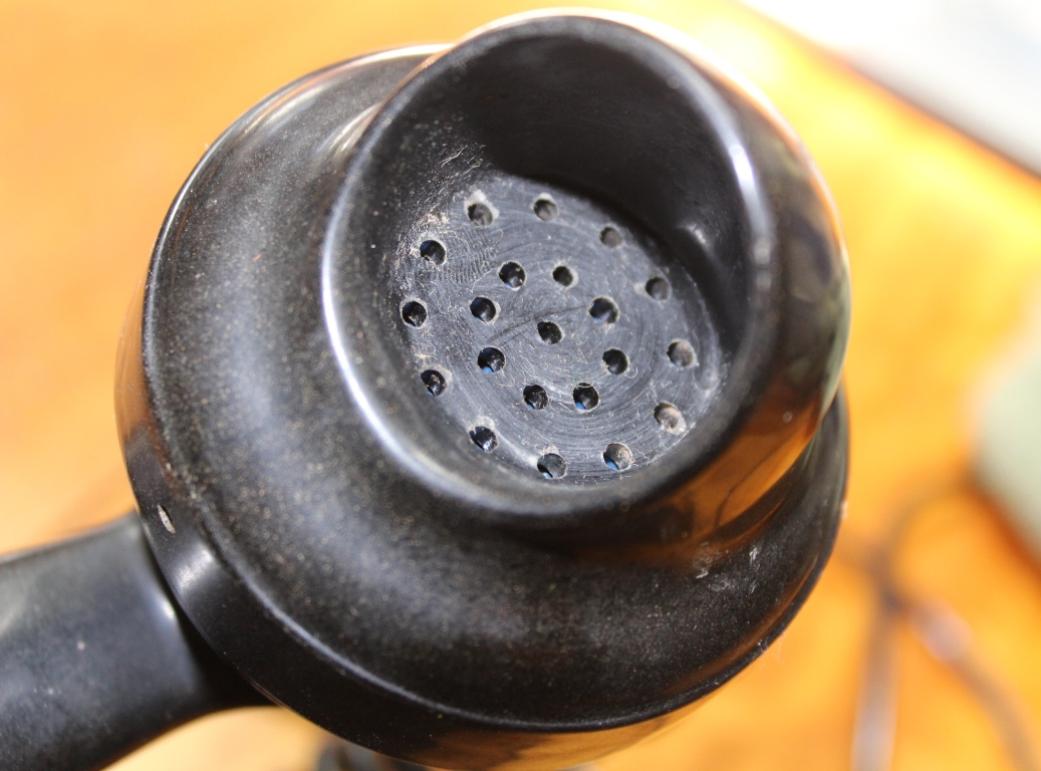
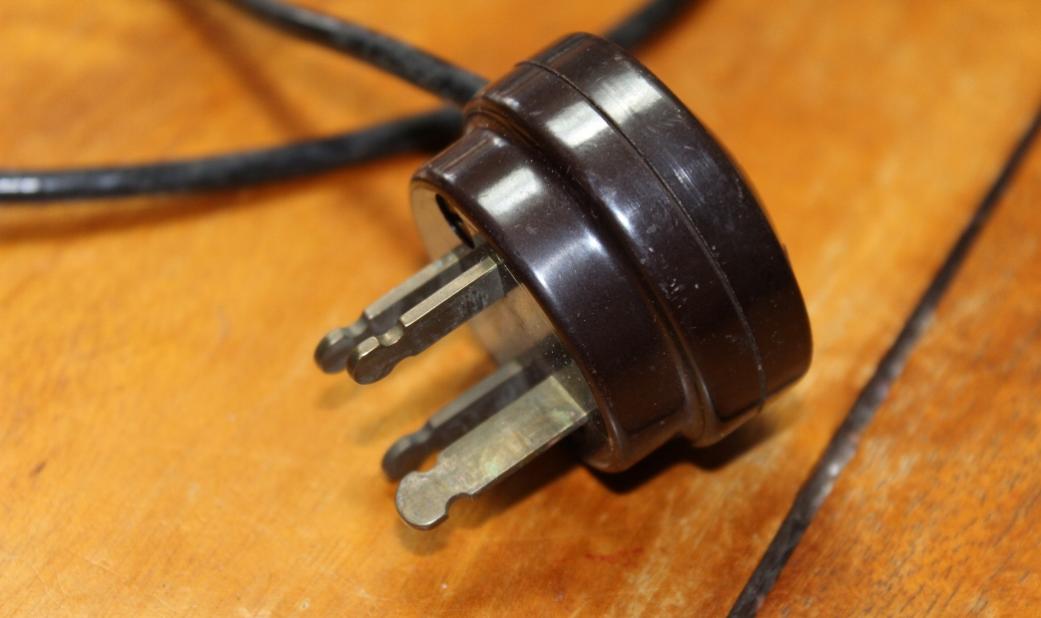
References And Extras
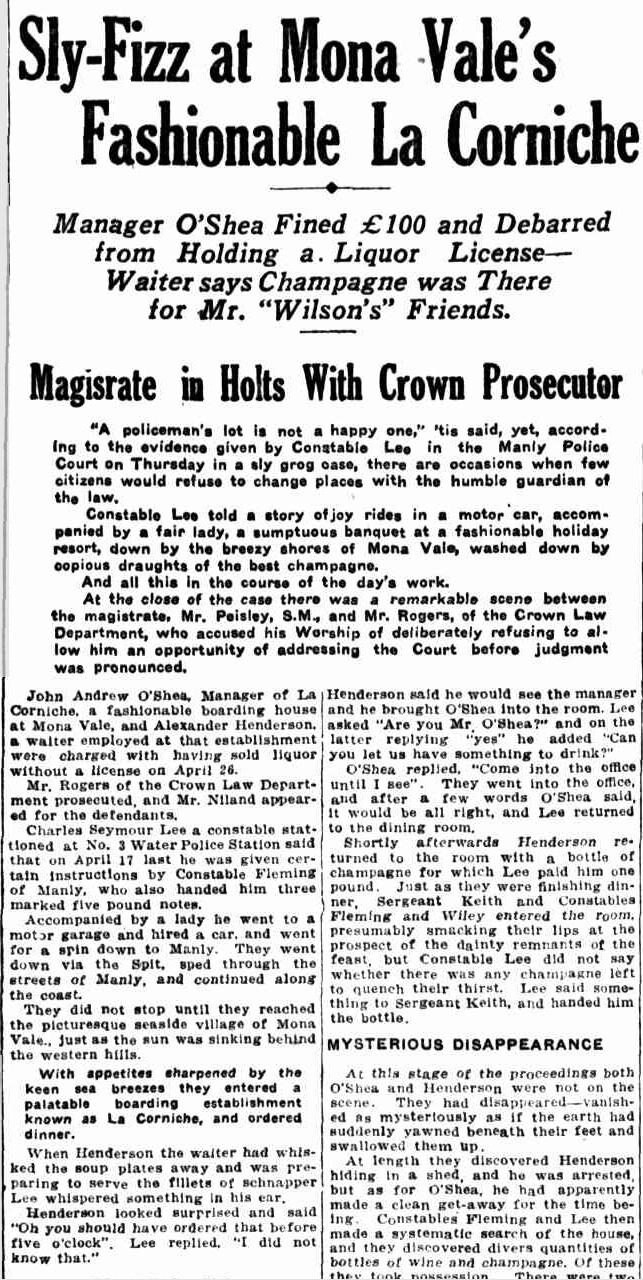
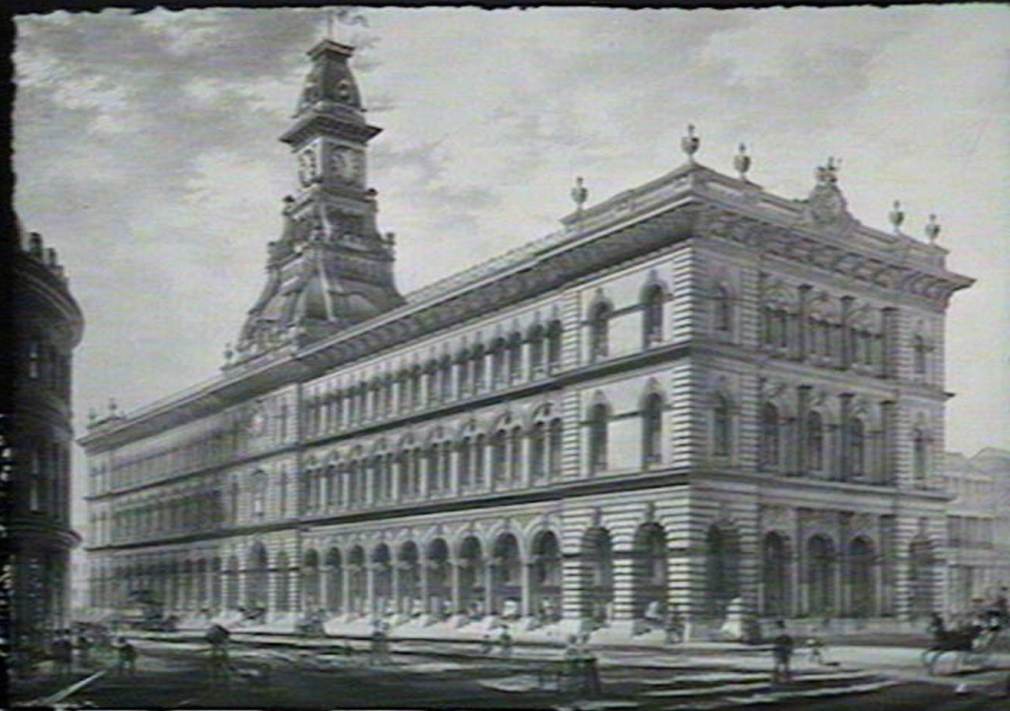
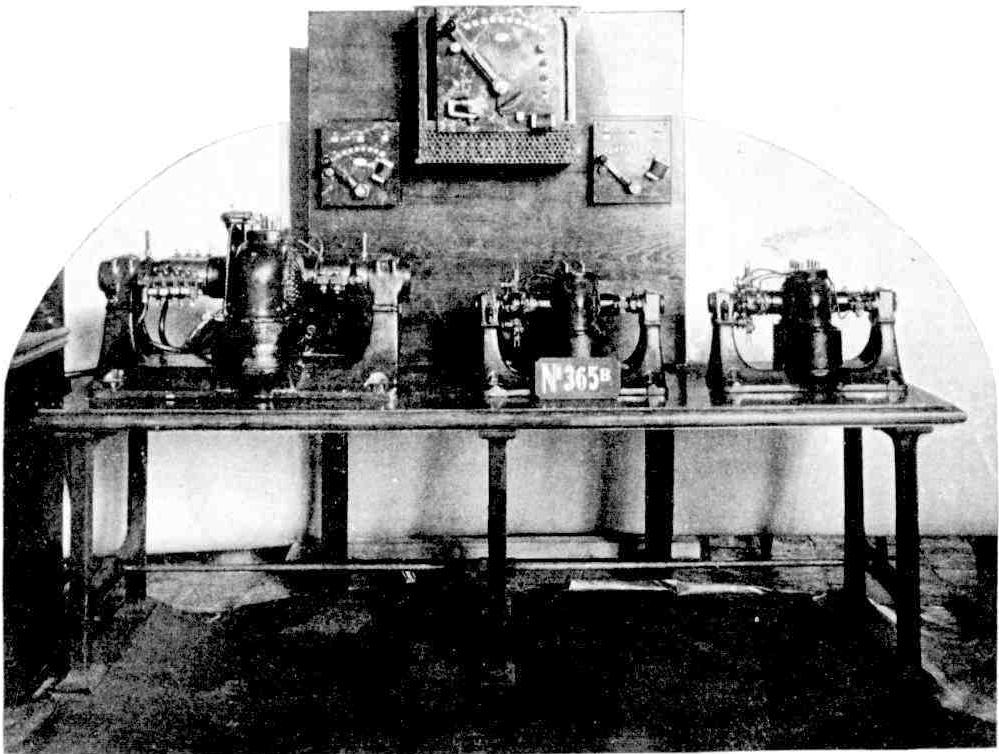
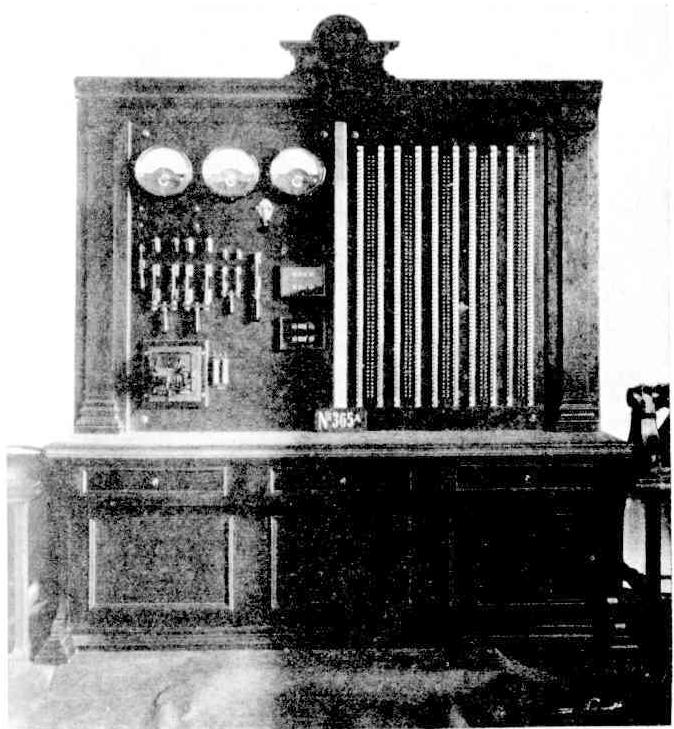
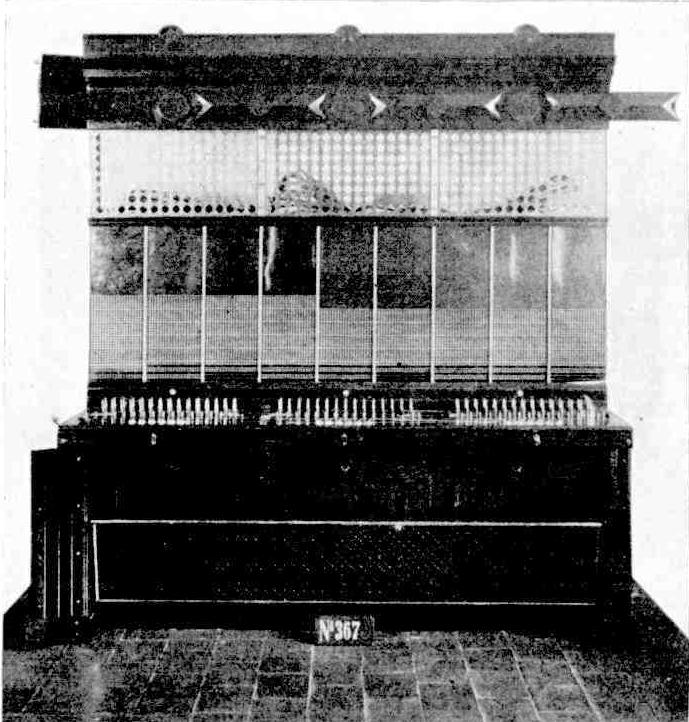
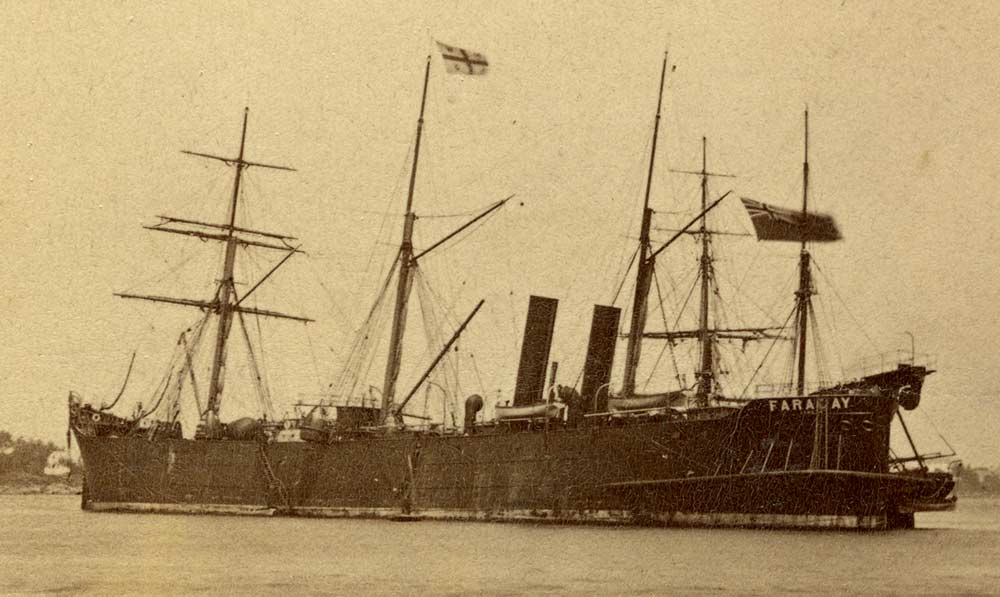
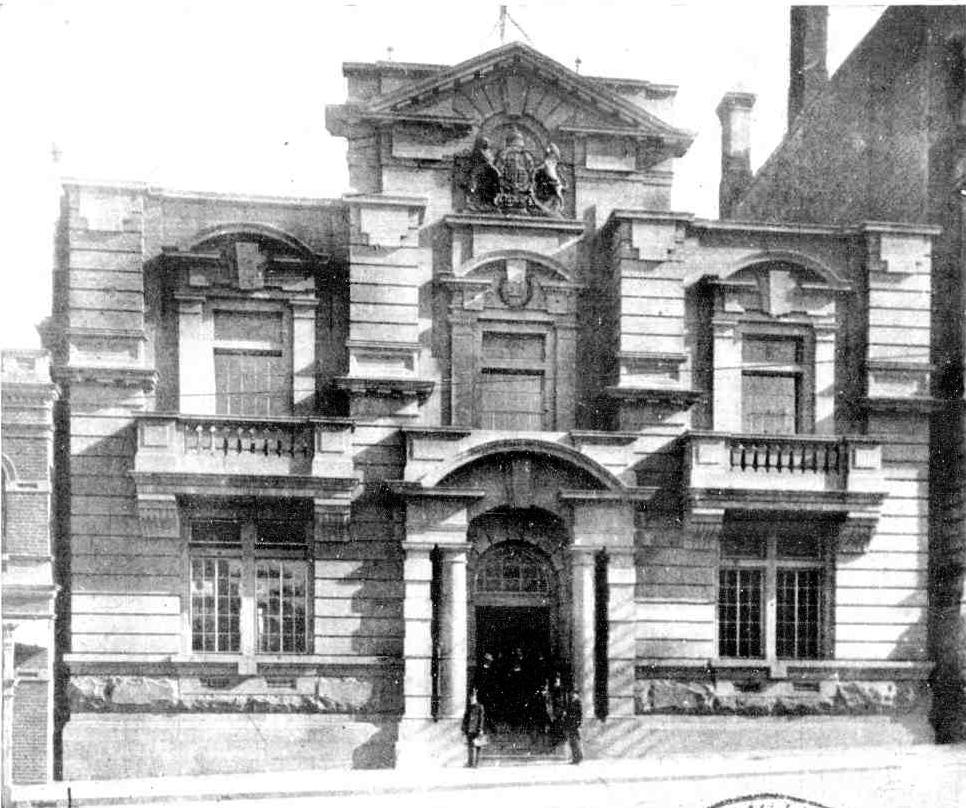
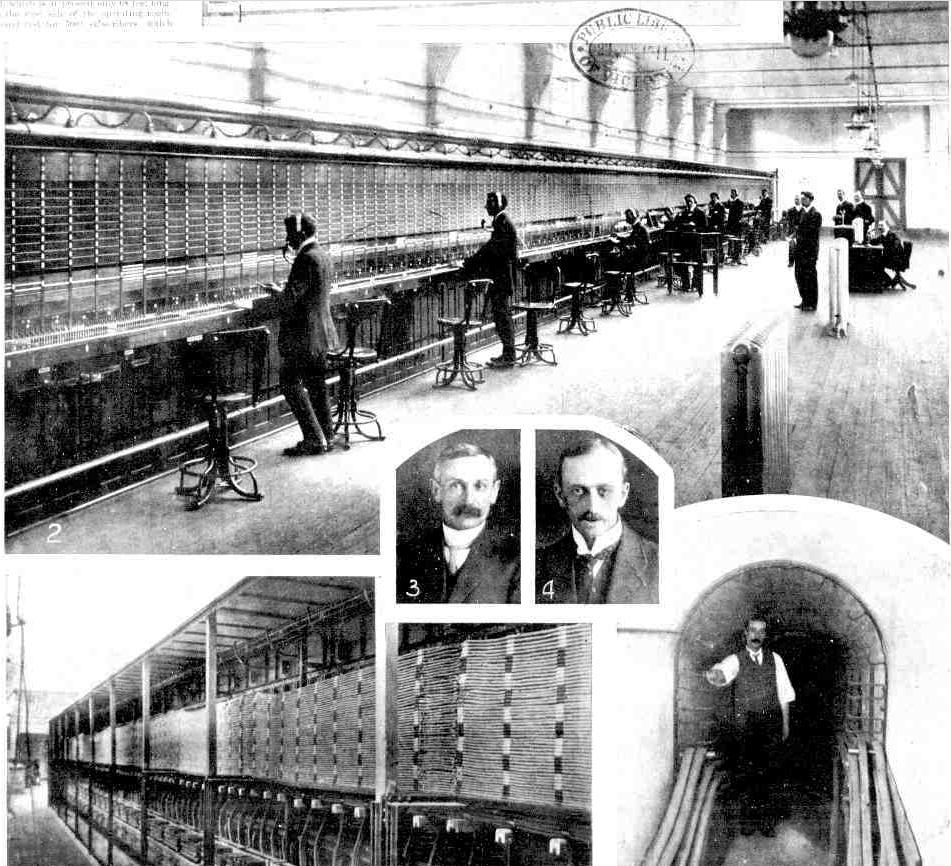
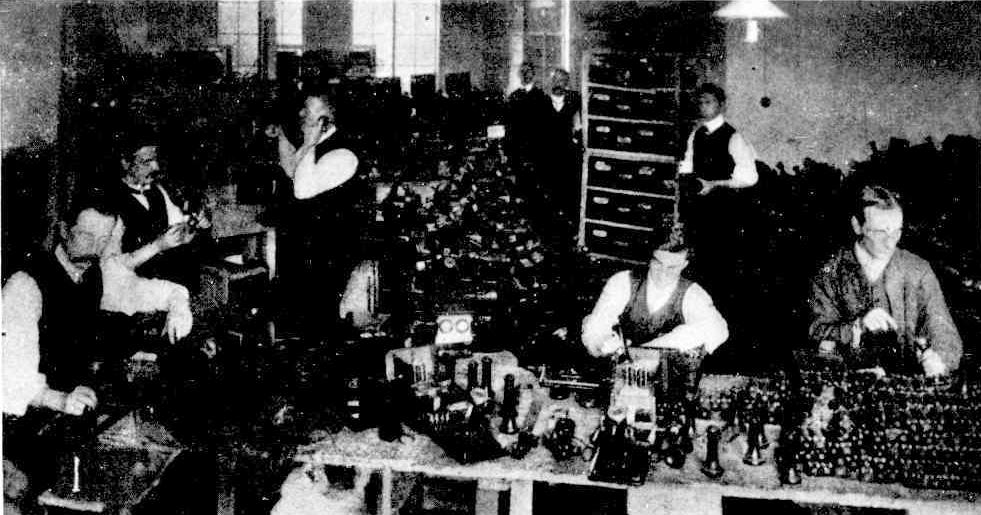
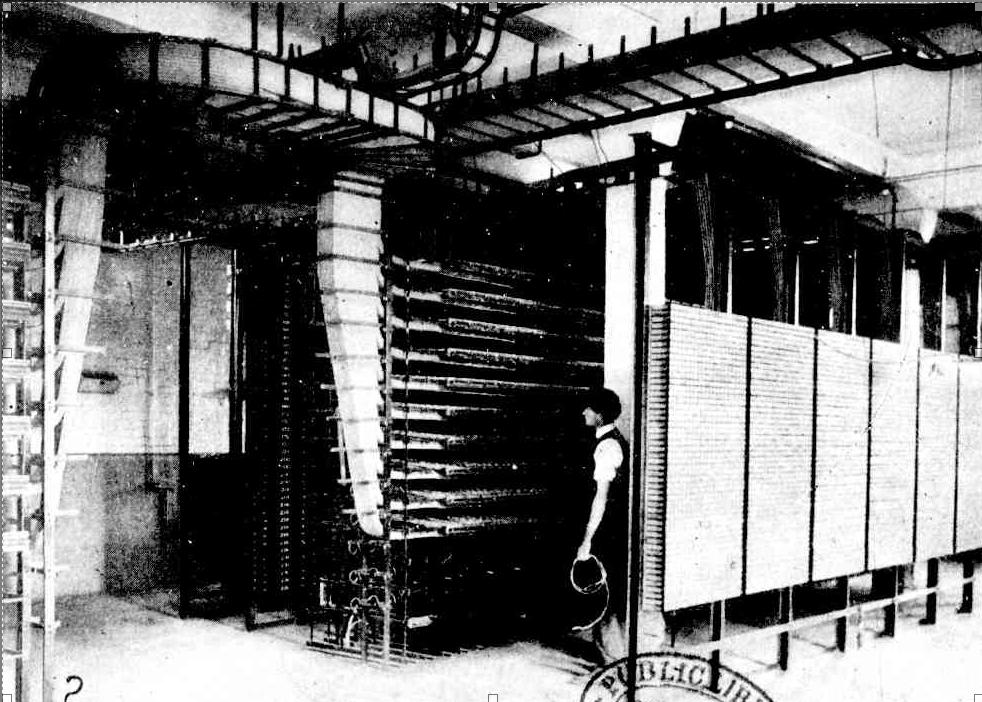
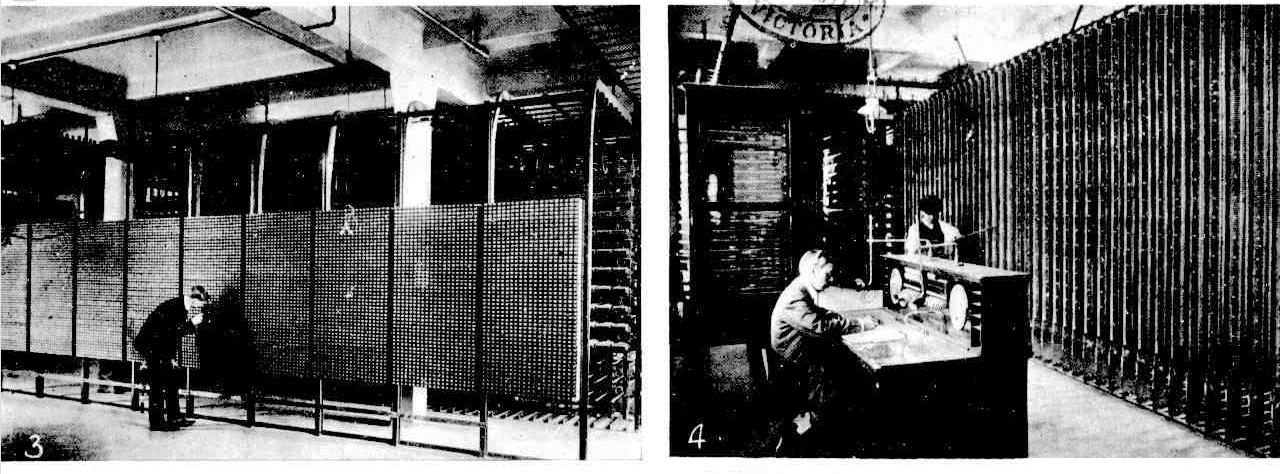
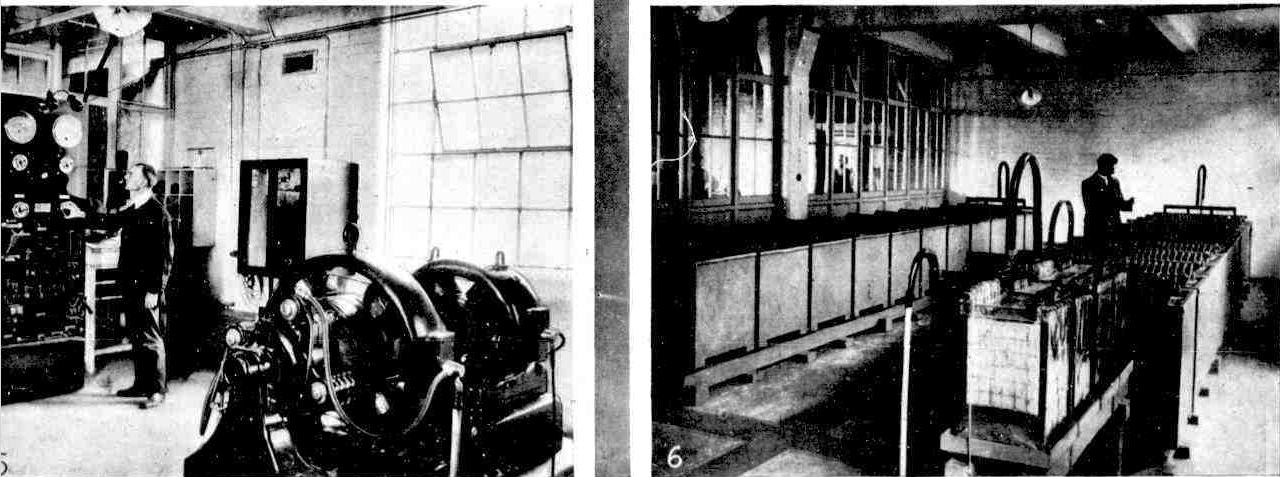
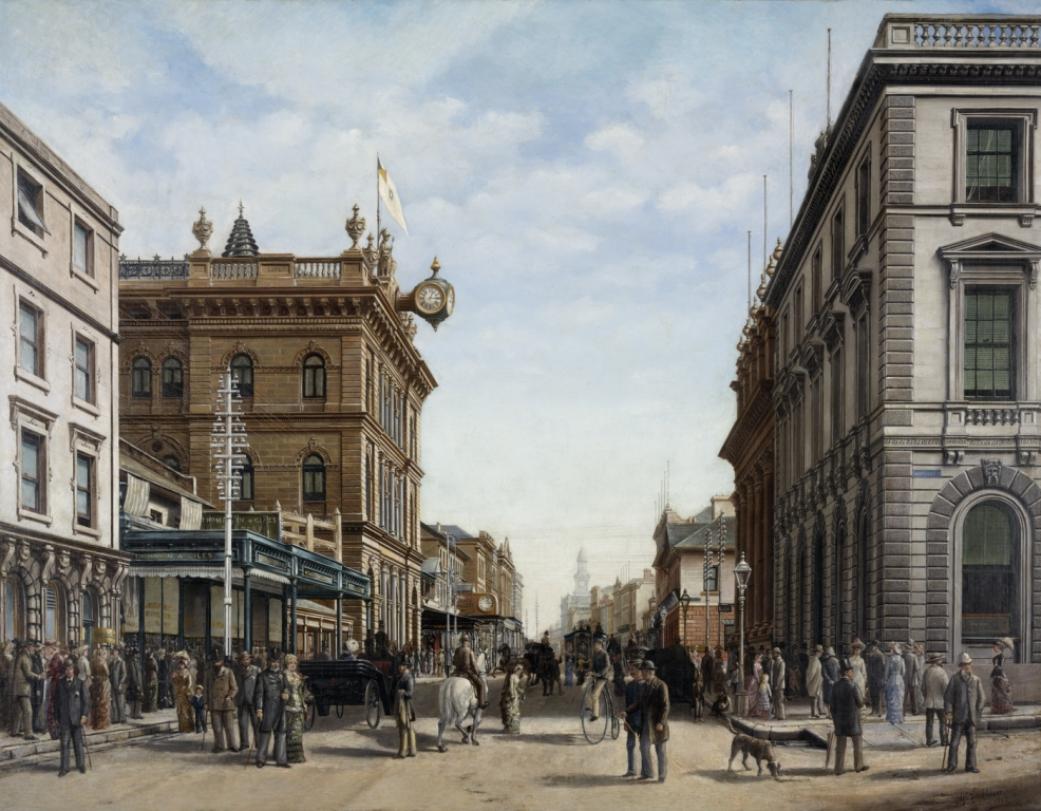
Previous Collectors Corner pages:
Blacksmiths and Tinsmiths Nylon Stockings Poster Art Furphy's Water Cart Mousehole Anvil Sapphire One Armed Bandit Gould's 1840 Single and Compound Microscope Tibetan Thangka Wheel Of Life Painting Cast Iron Seats Mabel Lucie Atwell Prints The Customs of Traditional Dining by Hans and Jenny Carlborg Albert Collins Landscape Boomerang Harmonicas Drinking: 18th Century Style Part I by H&J Carlborg Drinking 18th Century Style Part II by H&J Carlborg Fleece Shears Wood Case Crank Telephone 1803 Timepeice Vintage Guitars Milestones No.38 Rolls Royce Motor Oiler Christmas Postcards Seashells McCormick-Deering Horse Drawn Mower Rope Making Machine Marilyn Monroe 1955 Calendar Stubbie Holders Hill's Hoist Akubra Hat Fowler's Bottling Kit The Bold Autographed Script Fishing Tackle Arnotts Biscuit Tins Comic Books Silver Opium Pipe Mrs Beetons Book Souvenir Teaspoons Bendigo Pottery Gianelli Figurines Key Fobs Model Aircraft-static Porcelain Slippers Wagon Wheels Rhys Williams Painting Chinese Guardian Lions Australian Halfpenny Bud Vases Rolling Stones Still Life LP Autographed WL1895 Thinking Monkey Estee Lauder Ginger Jar Reel Mowers Surf Reels Millers Car Collection Hilton Lingerie - Slips Miniature Books of Verse - A Romantic Tradition REGA Pouring Can R O Dunlop - Sailing At Itchenor Painting Morning Shadows by C Dudley Wood The Father of Santa Claus - Xmas 2012 HMS Penguin Anchor at RPAYC - Newport SS Birubi Mast at RMYC - Broken Bay Helen B Stirling Ship's Wheel at Club Palm Beach Woomeras HMSEndeavour Replica Cannon at RPAYC The Doug Crane Classic Handmade Double Blade Paddle HMS Bounty Wooden Ship Model Collecting Ladies - Ferdinand Von Mueller and Women Botanical Artists Australian Bark Art Chinese Ginger Jars Hand Plough and Jump Stump Plough - Australian Inventions Frank Clune Books Frederick Metters - Stoves, Windmills, Iron Monger Trinket Boxes 1933 Wormald Simplex Fire Extinguisher is Pure Brass Chapman 'Pup' Maine Engines - Chapman and Sherack The Beach Ball Figureheads Salty Wooden Personifications of Vessels Binnacle at RMYC The Australian Florin - Worth More Than 20 Cents to Collectors Weathervanes; For Those Passionate About Seeing Which Way the Wind Blows Her Majesty's Theatre 1962 Programme - Luisillo and his Spanish Dance Theatre Cooper's Sheep Shower Enamel Sign and Simpson's and Sons of Adelaide Jolly Drover Sugar Bowl and English Pottery A Means to Gaze into the Past Chief Joseph and Edward S Curtis; His Images of Native Americans an Inestimable Record of Images and Portrait Photographs His Masters Voice, Old 78's and Australia's Love of Music Jack Spurlings 'Tamar' Picture 1923 Resch's Beer Art - A Reflection of Australiana Now Worth Thousands The Compleat Angler - Izaak Walton's Discourse Inspires Generations of Fishers Portable Ice-Boxes and Coolers How Many Claim This Invention as Theirs? Malley's and Sons Ltd. - A Munificent Australian Family Company Vintage Paddles and Gigs Nautical Memorabilia The Crinoline - a 550 Year Old Fashion B.B. King - King of the Blues Goes Home: a Timely look into Photographs and Autographs and Being Buyer Aware Deep Down Among the Coral - By Christopher Corr - A Limited Edition Print in Celebration of the seventy fifth anniversary of QANTAS Airways Old Chinese Rice Bowls for Marriage: Worth More Than You Think... Commanderie St. John: An Ancient Wine - From 1927 with Lineage to Cyprus in 1210/92 and Methods of Production to Greece in 800 B.C. Pittwater Regatta Air Race Trophies: from 1934 and 1935 and The Pilot Who Saved William Hughes Vintage Brass Mortar and Pestle 1958 Bedford 'D' Truck and GM Holden Australian Made Car Bodies Heart Padlock Charm Bracelets for Newborns: A Golden Tradition Marvellous Marbles: An All Ages Preoccupation for Collectors Antique Silver Fish Servers: Artisans Past Tuckfield's Bird Cards: to Swap or Collect Joseph Lyddy – O.B.B. Dubbin Boot Polish Vintage Wooden Tennis Racquets: A Collectors Item As Popular As Summer Australian Trade Tokens Record Enriching Colonial Histories: the Cascade Shilling First Art Form To Record 'Tasmania' And Kangaroos Australian Vinyl Singles of the 1950's and 1960's Dicken's The Old Curiosity Shop bought at The Old Curiosity Shop Pear's Soap: Artworks For The Masses Collecting Vintage Photographs: Early Tasmanian Photographer - J W Beattie Cyclops Vintage Toys Year Dated Beer Bottles Found In The Estuary Adjacent To Taylors Point - Roger Wickins Collecting Matchboxes: A Great Way To Explore History And Art